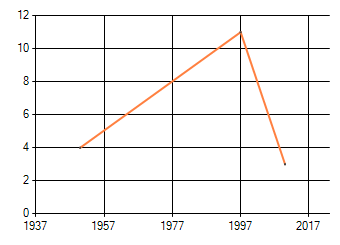LiteratuurCannon, P., B. Coppins, A Aptroot, N. Sanderson & J. Simkin (2025) Miscellaneous lichens and lichenicolous fungi including Aphanopsis and Steinia (Aphanopsidaceae), Arthrorhaphis (Arthrorhaphidaceae), Buelliella, Hemigrapha, Melaspileella, Stictographa and Taeniolella (Asterinales, family unassigned), Phylloblastia (Chaetothyriales, family unassigned) Cystocoleus (Cystocoleaceae), Sclerococcum (Dactylosporaceae), Eiglera (Eigleraceae), Epigloea (Epigloeaceae), Euopsis (Harpidiaceae), Lichenothelia (Lichenotheliaceae), Lichinodium (Lichinodiaceae), Melaspilea (Melaspileaceae), Epithamnolia and Mniaecia (Mniaeciaceae), Lichenostigma (Phaeococcomycetaceae), Pycnora (Pycnoraceae), Racodium (Racodiaceae), Chicitaea and Loxospora (Sarrameanaceae), Schaereria (Schaereriaceae), Strangospora (Strangosporaceae), Botryolepraria and Stigmidium (Verrucariales, family unassigned), and Biatoridium, Mycoglaena, Orphniospora, Piccolia, Psammina and Wadeana (order and family unassigned).
Revisions of British and Irish Lichens 57: 1-78
Trend
 download in hoge resolutie
download in hoge resolutieHet geschatte aantal atlasblokken (5x5 km) waarin de soort voorkomt per periode van vijf jaar. Bron: A. Aptroot et al. Basisrapport Rode Lijst Korstmossen 2011 © BLWG 2012.
Soms fluctueert het aantal sterk. Hoe vloeiender de lijn, des te betrouwbaarder de grafiek.